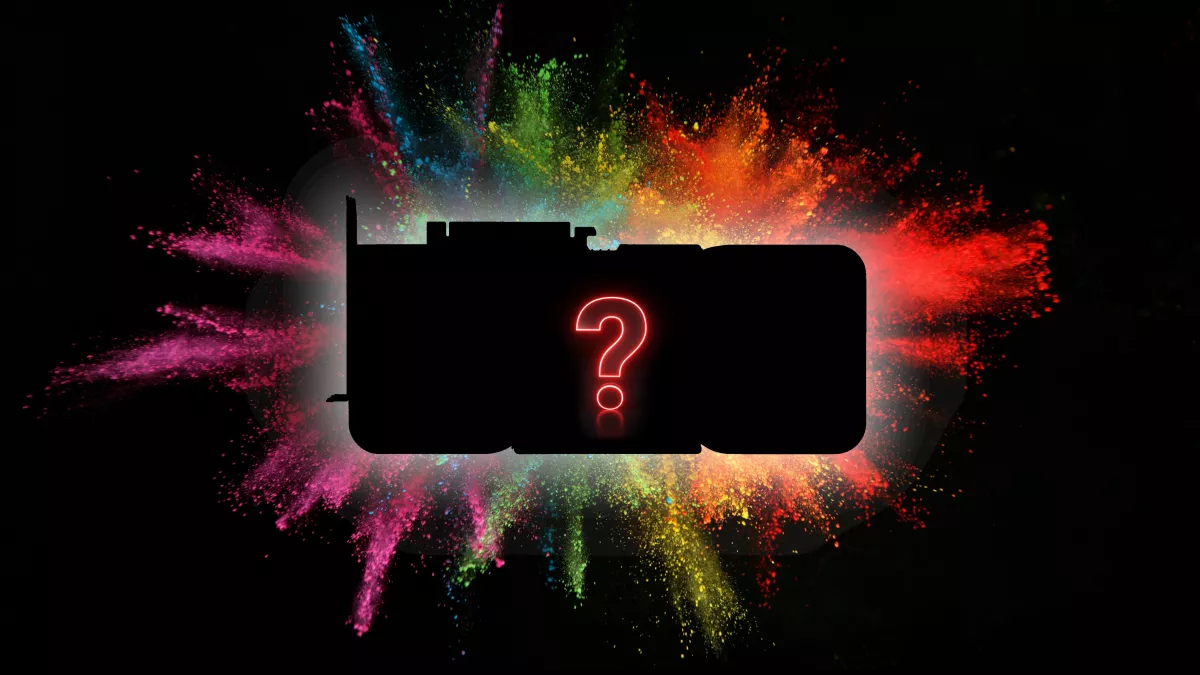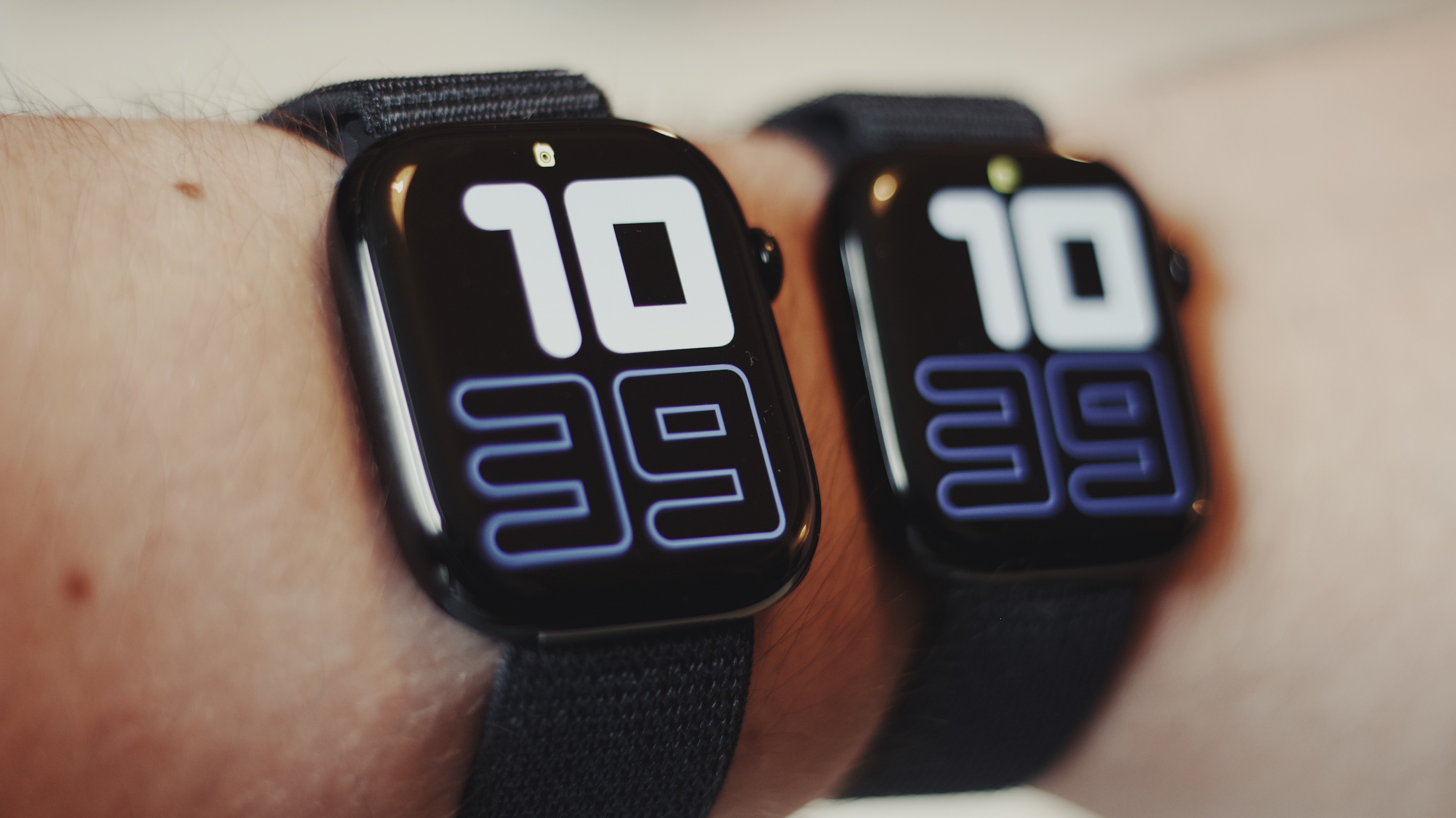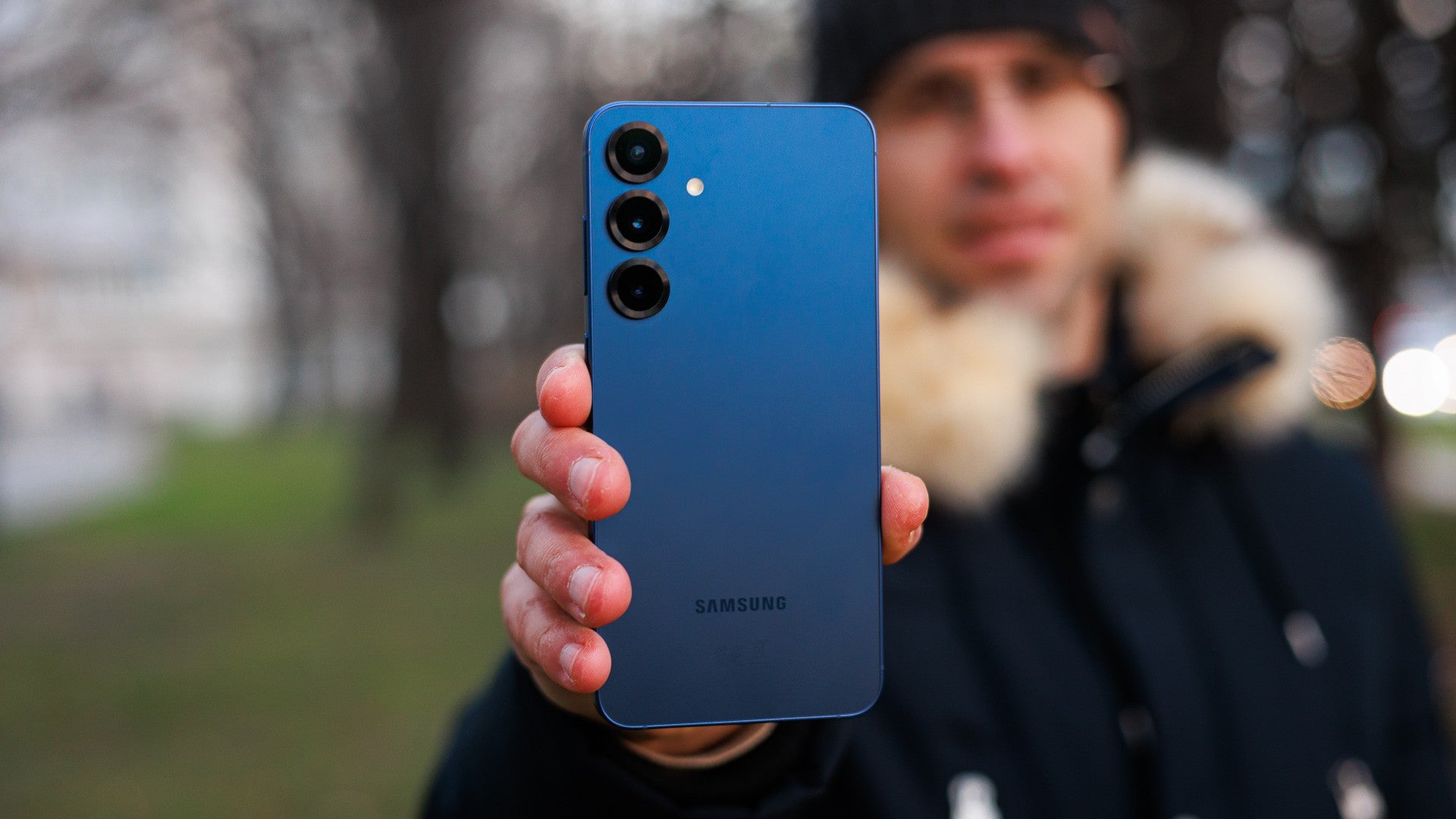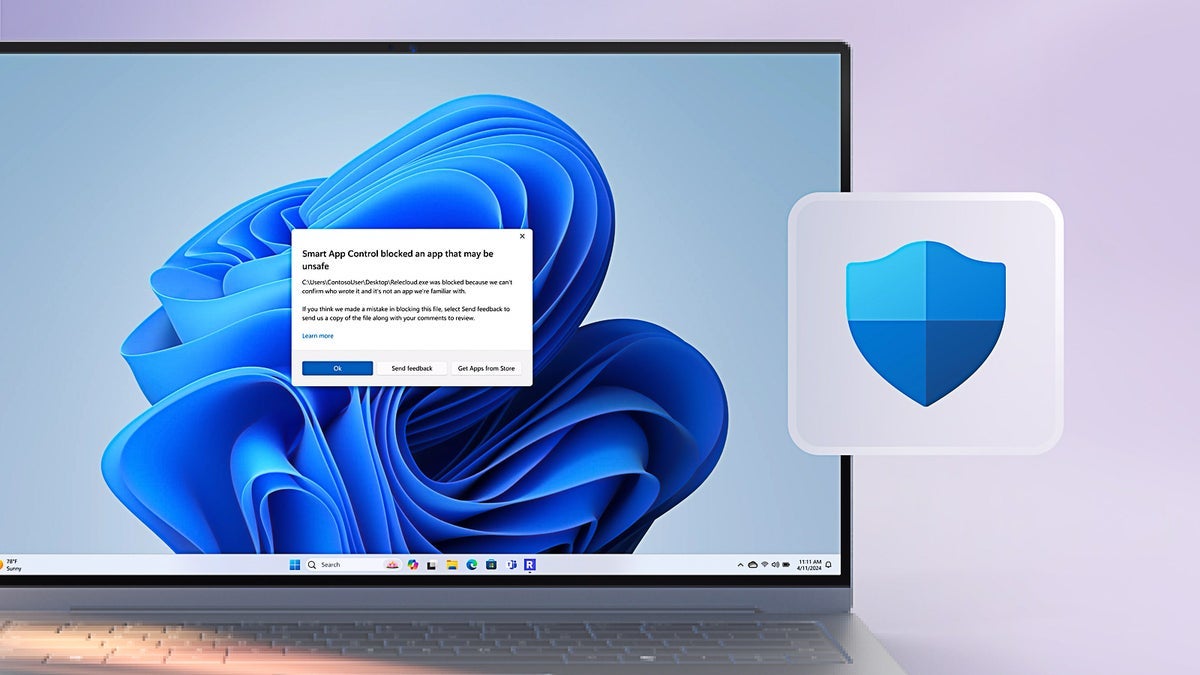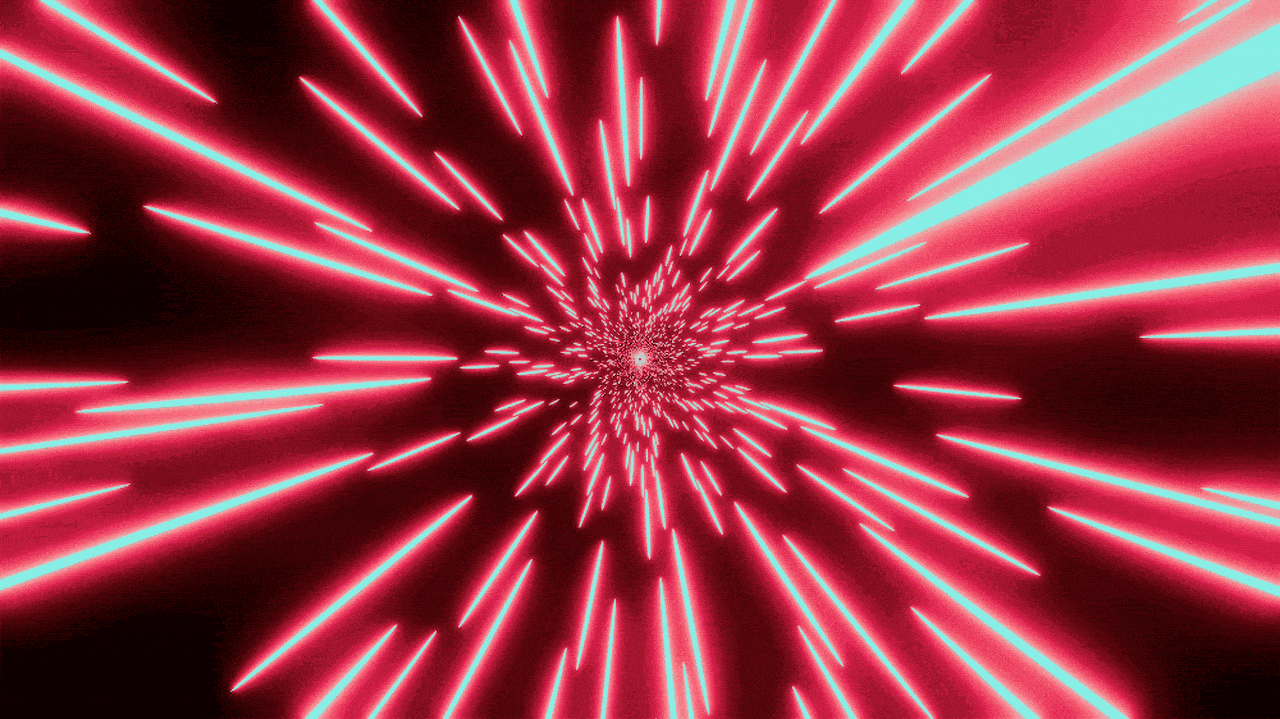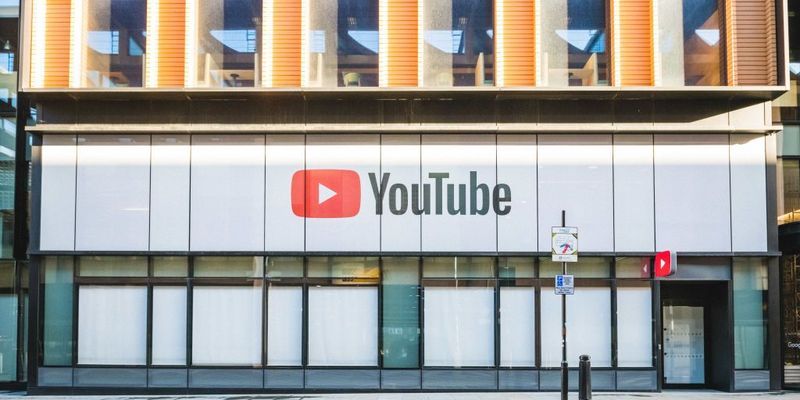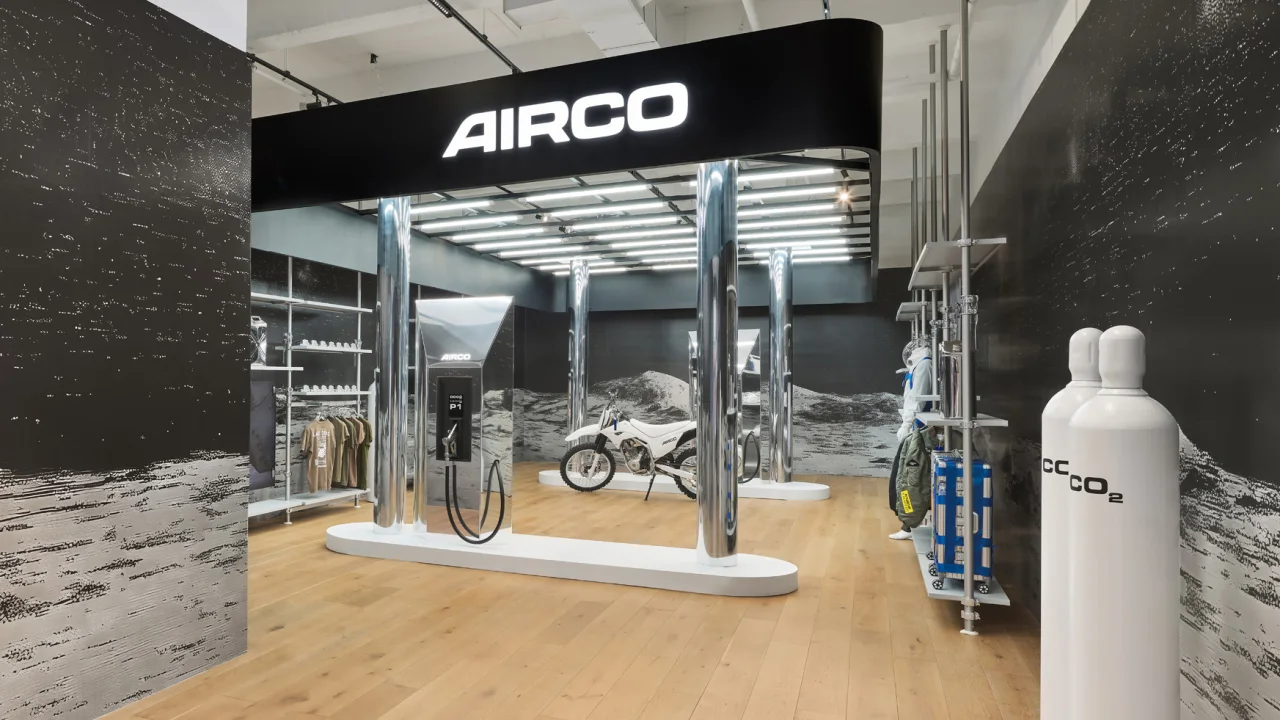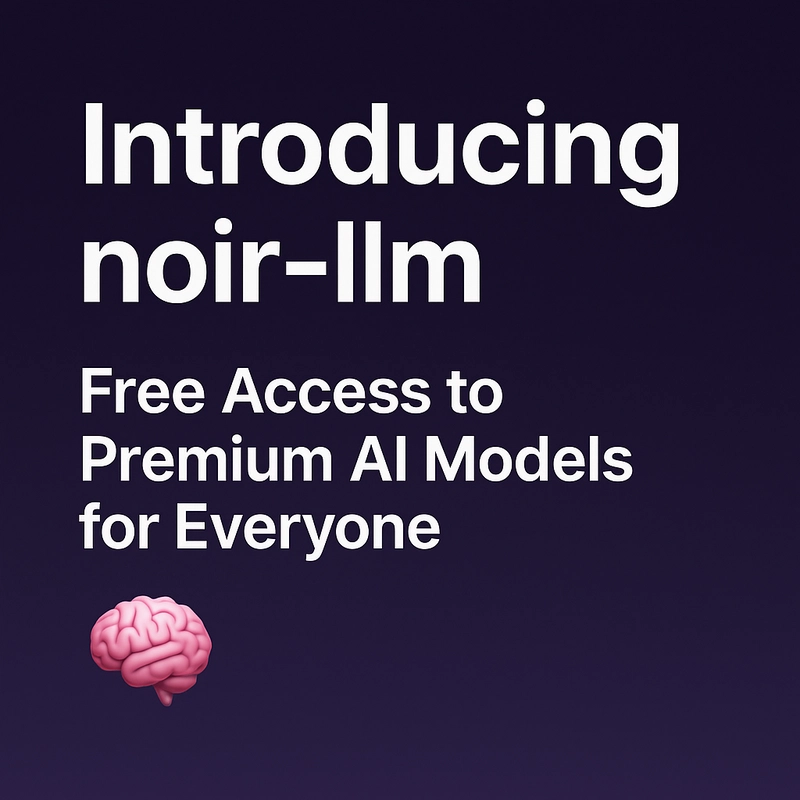Supercharge Your App with AI Images: Vercel AI SDK Integrates OpenAI's Powerful GPT-Image-1
The world of AI image generation just got a significant boost. OpenAI recently unveiled gpt-image-1, their latest and most advanced image generation model, now available via API. Hot on its heels, Vercel has already integrated this powerhouse into its AI SDK through the new experimental experimental_generateImage function. If you're building applications on the Vercel stack and need cutting-edge image capabilities, this is news you can't ignore. Let's dive into what gpt-image-1 brings to the table and how you can start using it today with the Vercel AI SDK. Meet GPT-Image-1: Beyond DALL-E OpenAI positions gpt-image-1 as a leap forward from its predecessors like DALL-E 3. Built as a natively multimodal model, it boasts several key advancements: Superior Instruction Following: Expect more accurate results even with complex, detailed prompts. Reliable Text Rendering: A common challenge solved – gpt-image-1 excels at rendering legible text within images. Advanced Editing: Go beyond simple generation with powerful inpainting (editing specific masked areas) and prompt-based image modifications. Image Input: Use existing images alongside text prompts for generation or editing tasks. High Fidelity: Designed to produce professional-grade, high-quality images across various styles. API Control: Customize aspect ratio, quality (low, medium, high), output format (PNG, WebP with transparency), and safety moderation levels. Early impressions suggest these capabilities, especially the text rendering and nuanced control, are significant upgrades for developers needing precise visual outputs. Vercel AI SDK: Seamless Integration with experimental_generateImage Staying true to its mission of simplifying AI integration for frontend developers, the Vercel AI SDK (version 4.0.14 and later) introduces experimental_generateImage. Key points: Unified API: Provides a single function to interact with various image generation models (including gpt-image-1, dall-e-3, dall-e-2, and models from Google, Fal, etc.). Experimental Status: Remember, the API surface for this function might change in future patch versions. Pin your ai package version (pnpm add ai@) if using in production. Ease of Use: Abstracts away the direct API calls, handling provider-specific configurations and batching automatically. Getting Hands-On: Generating Images with Vercel AI SDK Ready to try it? Here’s a quick TypeScript example for a Node.js environment (like a Vercel Serverless Function): 1. Installation: # Using your preferred package manager bun add ai @ai-sdk/openai zod # or npm install ai @ai-sdk/openai zod # or yarn add ai @ai-sdk/openai zod 2. Environment: Ensure your OPENAI_API_KEY is set as an environment variable. 3. Code (generateImage.ts): import { experimental_generateImage } from "ai"; import { createOpenAI } from "@ai-sdk/openai"; import { z } from "zod"; import fs from "node:fs/promises"; import path from "node:path"; // Initialize OpenAI provider (uses OPENAI_API_KEY env var) const openai = createOpenAI(); // Optional: Input validation schema const imagePromptSchema = z.object({ prompt: z.string().min(1, "Prompt cannot be empty."), }); async function generateAndSaveImage(promptText: string) { console.log(`Generating image for: "${promptText}"`); const validation = imagePromptSchema.safeParse({ prompt: promptText }); if (!validation.success) { console.error("Invalid Prompt:", validation.error.flatten()); return; } try { const { images } = await experimental_generateImage({ // Specify the model: provider('model-id') model: openai("gpt-image-1"), prompt: validation.data.prompt, // --- Optional Parameters --- n: 1, // gpt-image-1 currently supports 1 size: "1024x1024", // Or use aspectRatio quality: "hd", // 'standard' or 'hd' (maps to OpenAI quality) responseFormat: "b64_json", // Or 'url' // style: 'vivid', // Check model docs for supported styles }); console.log(`Generated ${images.length} image(s).`); // Save the first image (assuming b64_json format) if (images[0]?.format === "b64_json" && images[0].base64Image) { const fileName = `ai_image_${Date.now()}.png`; const filePath = path.join(__dirname, fileName); await fs.writeFile( filePath, Buffer.from(images[0].base64Image, "base64"), ); console.log(`Image saved as ${fileName}`); } else if (images[0]?.format === "url" && images[0].url) { console.log(`Image URL: ${images[0].url}`); } else { console.warn("Could not process generated image."); } } catch (error) { console.error("Error during image generation:", error); } } // --- Run the generation --- generateAndSaveImage( "A photorealistic image of a sleek, modern co-working space designed for AI engineers, bathed in natural light, with ergonomic chairs and large monitors displaying code.", );
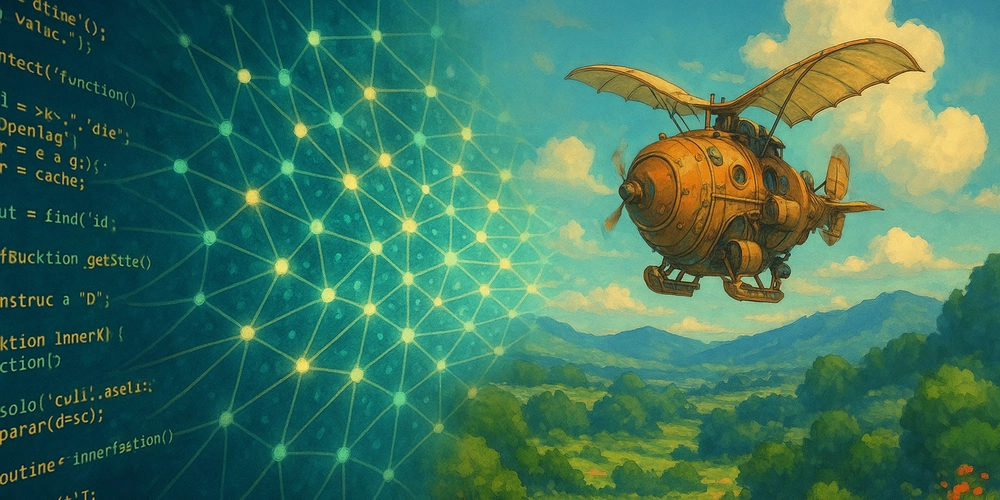
The world of AI image generation just got a significant boost. OpenAI recently unveiled gpt-image-1, their latest and most advanced image generation model, now available via API. Hot on its heels, Vercel has already integrated this powerhouse into its AI SDK through the new experimental experimental_generateImage function. If you're building applications on the Vercel stack and need cutting-edge image capabilities, this is news you can't ignore.
Let's dive into what gpt-image-1 brings to the table and how you can start using it today with the Vercel AI SDK.
Meet GPT-Image-1: Beyond DALL-E
OpenAI positions gpt-image-1 as a leap forward from its predecessors like DALL-E 3. Built as a natively multimodal model, it boasts several key advancements:
- Superior Instruction Following: Expect more accurate results even with complex, detailed prompts.
- Reliable Text Rendering: A common challenge solved –
gpt-image-1excels at rendering legible text within images. - Advanced Editing: Go beyond simple generation with powerful inpainting (editing specific masked areas) and prompt-based image modifications.
- Image Input: Use existing images alongside text prompts for generation or editing tasks.
- High Fidelity: Designed to produce professional-grade, high-quality images across various styles.
- API Control: Customize aspect ratio, quality (
low,medium,high), output format (PNG, WebP with transparency), and safety moderation levels.
Early impressions suggest these capabilities, especially the text rendering and nuanced control, are significant upgrades for developers needing precise visual outputs.
Vercel AI SDK: Seamless Integration with experimental_generateImage
Staying true to its mission of simplifying AI integration for frontend developers, the Vercel AI SDK (version 4.0.14 and later) introduces experimental_generateImage.
Key points:
- Unified API: Provides a single function to interact with various image generation models (including
gpt-image-1,dall-e-3,dall-e-2, and models from Google, Fal, etc.). - Experimental Status: Remember, the API surface for this function might change in future patch versions. Pin your
aipackage version (pnpm add ai@) if using in production. - Ease of Use: Abstracts away the direct API calls, handling provider-specific configurations and batching automatically.
Getting Hands-On: Generating Images with Vercel AI SDK
Ready to try it? Here’s a quick TypeScript example for a Node.js environment (like a Vercel Serverless Function):
1. Installation:
# Using your preferred package manager
bun add ai @ai-sdk/openai zod
# or npm install ai @ai-sdk/openai zod
# or yarn add ai @ai-sdk/openai zod
2. Environment:
Ensure your OPENAI_API_KEY is set as an environment variable.
3. Code (generateImage.ts):
import { experimental_generateImage } from "ai";
import { createOpenAI } from "@ai-sdk/openai";
import { z } from "zod";
import fs from "node:fs/promises";
import path from "node:path";
// Initialize OpenAI provider (uses OPENAI_API_KEY env var)
const openai = createOpenAI();
// Optional: Input validation schema
const imagePromptSchema = z.object({
prompt: z.string().min(1, "Prompt cannot be empty."),
});
async function generateAndSaveImage(promptText: string) {
console.log(`Generating image for: "${promptText}"`);
const validation = imagePromptSchema.safeParse({ prompt: promptText });
if (!validation.success) {
console.error("Invalid Prompt:", validation.error.flatten());
return;
}
try {
const { images } = await experimental_generateImage({
// Specify the model: provider('model-id')
model: openai("gpt-image-1"),
prompt: validation.data.prompt,
// --- Optional Parameters ---
n: 1, // gpt-image-1 currently supports 1
size: "1024x1024", // Or use aspectRatio
quality: "hd", // 'standard' or 'hd' (maps to OpenAI quality)
responseFormat: "b64_json", // Or 'url'
// style: 'vivid', // Check model docs for supported styles
});
console.log(`Generated ${images.length} image(s).`);
// Save the first image (assuming b64_json format)
if (images[0]?.format === "b64_json" && images[0].base64Image) {
const fileName = `ai_image_${Date.now()}.png`;
const filePath = path.join(__dirname, fileName);
await fs.writeFile(
filePath,
Buffer.from(images[0].base64Image, "base64"),
);
console.log(`Image saved as ${fileName}`);
} else if (images[0]?.format === "url" && images[0].url) {
console.log(`Image URL: ${images[0].url}`);
} else {
console.warn("Could not process generated image.");
}
} catch (error) {
console.error("Error during image generation:", error);
}
}
// --- Run the generation ---
generateAndSaveImage(
"A photorealistic image of a sleek, modern co-working space designed for AI engineers, bathed in natural light, with ergonomic chairs and large monitors displaying code.",
);
To Run:
bun run generateImage.ts
This script calls the experimental_generateImage function, specifying gpt-image-1, provides a prompt, and saves the resulting base64 image as a PNG.
Performance and Pricing: The Early Consensus
Since gpt-image-1 is brand new via API, comprehensive benchmarks are still emerging, but here's the initial picture:
- Output Quality: Initial feedback aligns with OpenAI's claims – the quality is high, particularly regarding prompt adherence and text rendering. Many users, like yourself, are impressed with the results.
- Generation Time: Expect generation times in the range of several seconds (perhaps 5-15s), varying significantly based on requested
quality,size, and current API load. It's unlikely to be instant but should be performant enough for most applications. - Pricing:
gpt-image-1uses a multi-faceted token-based pricing model:- Text Prompt: Charged per 1k input tokens.
- Image Input: Charged if providing an image for editing.
- Generated Image: Charged per image, based on quality and size. OpenAI's estimates range from roughly \$0.02 (low quality) to \$0.19 (high quality, HD) per square image.
- Takeaway: While more complex than a flat per-image fee, the pricing seems competitive, especially given the enhanced features. The value proposition is strong for use cases demanding high fidelity, text rendering, or advanced editing.
Why This Matters for Developers
The combination of OpenAI's gpt-image-1 and Vercel's seamless integration via the AI SDK is a potent mix:
- Access Cutting-Edge AI: Easily leverage the latest, most powerful image generation model without complex direct API management.
- Simplified Workflow: Stay within the familiar Vercel ecosystem and use a unified function for multiple potential image models.
- Unlock New Features: Build applications with sophisticated image generation, text-in-image capabilities, and advanced editing features previously difficult to achieve reliably.
The Future is Visual (and Experimental)
OpenAI's gpt-image-1 represents a clear step forward in accessible, high-quality AI image generation. Vercel's rapid integration makes it immediately available to a vast community of developers. While the experimental_generateImage function requires caution due to its status, it offers a tantalizing glimpse into the future of building visually rich, AI-powered applications. Go ahead, experiment, and see what you can create!
















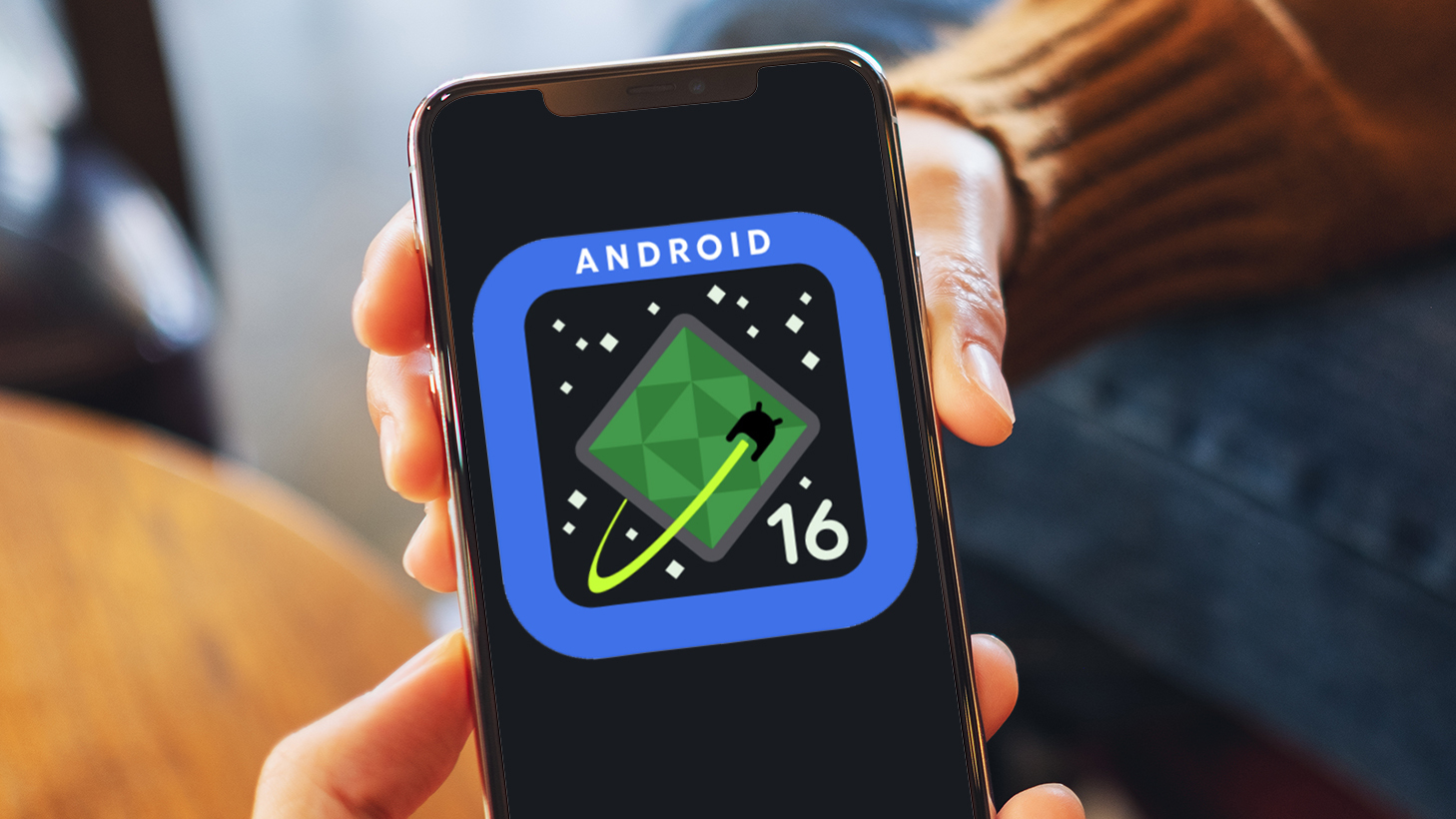
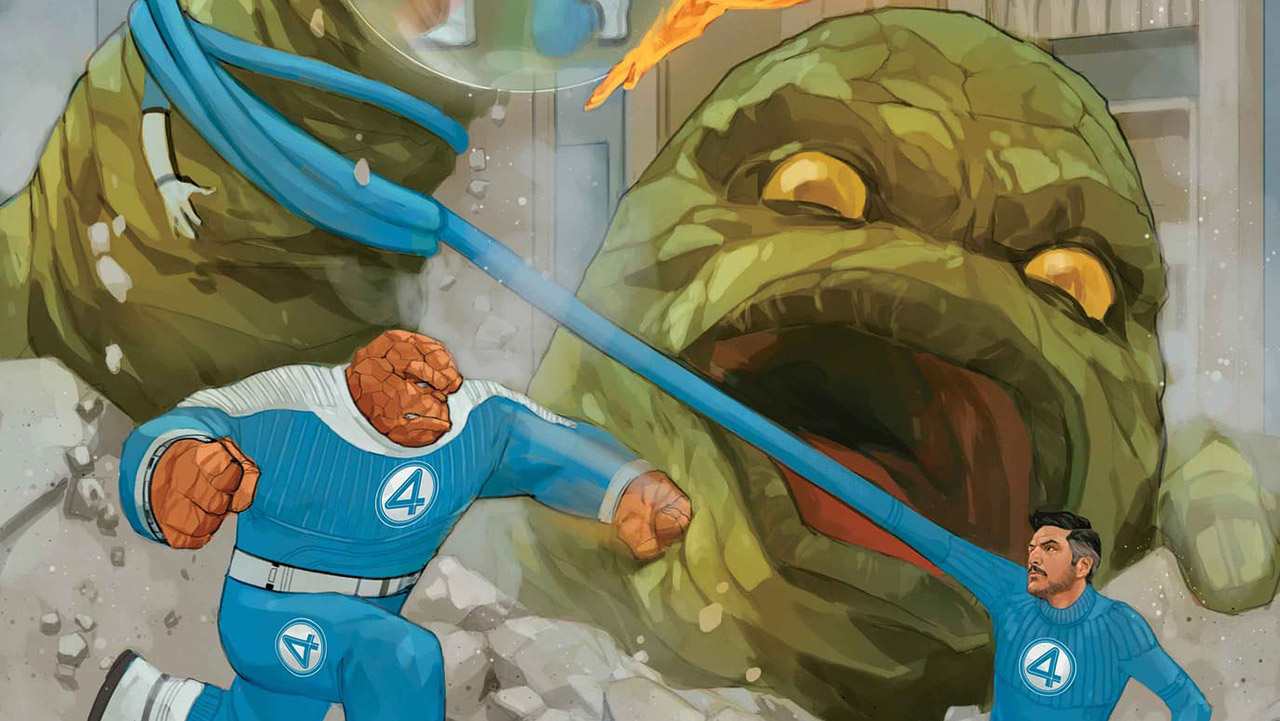














































































































































![[The AI Show Episode 143]: ChatGPT Revenue Surge, New AGI Timelines, Amazon’s AI Agent, Claude for Education, Model Context Protocol & LLMs Pass the Turing Test](https://www.marketingaiinstitute.com/hubfs/ep%20143%20cover.png)















































































































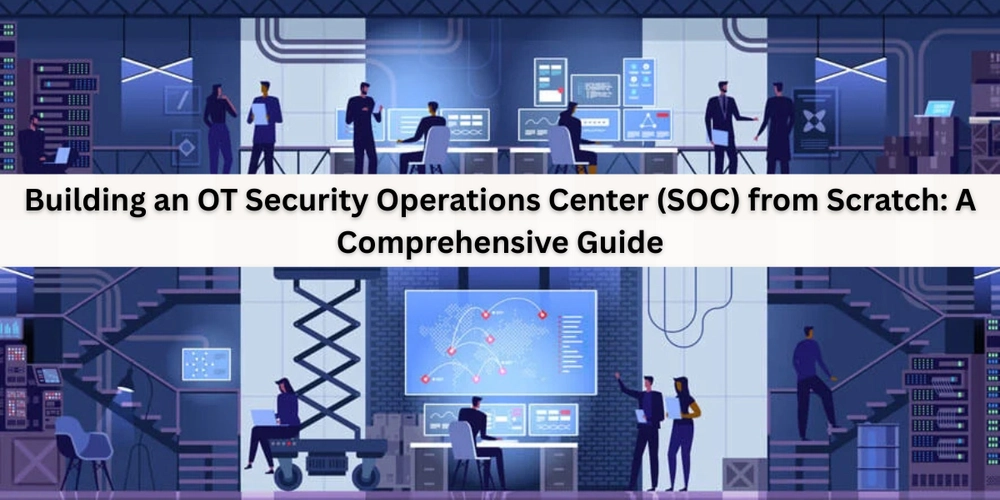

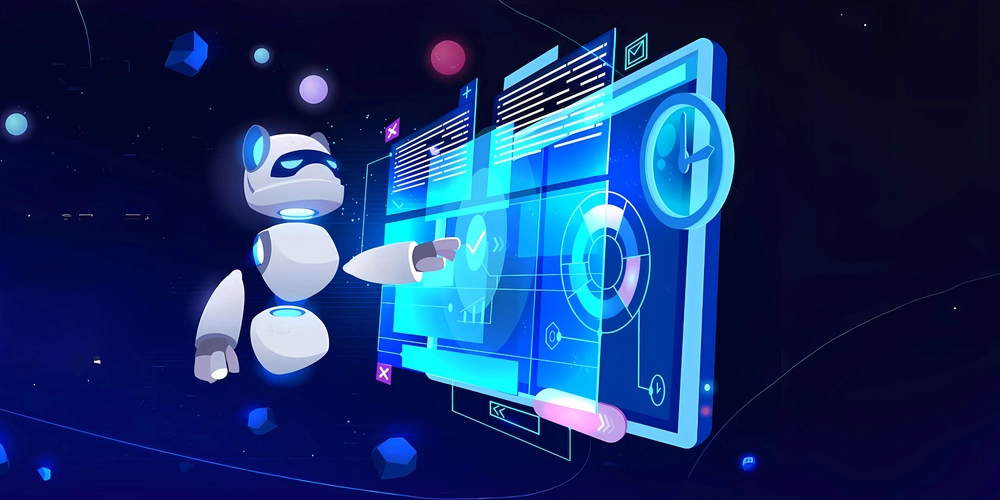
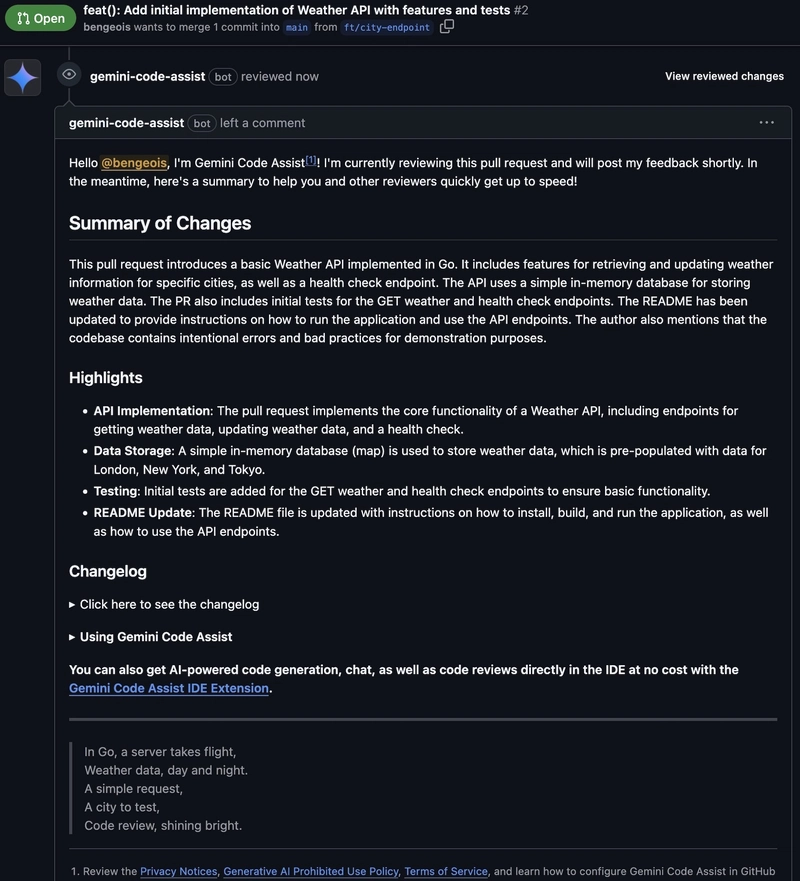













![[DEALS] Koofr Cloud Storage: Lifetime Subscription (1TB) (80% off) & Other Deals Up To 98% Off – Offers End Soon!](https://www.javacodegeeks.com/wp-content/uploads/2012/12/jcg-logo.jpg)



























































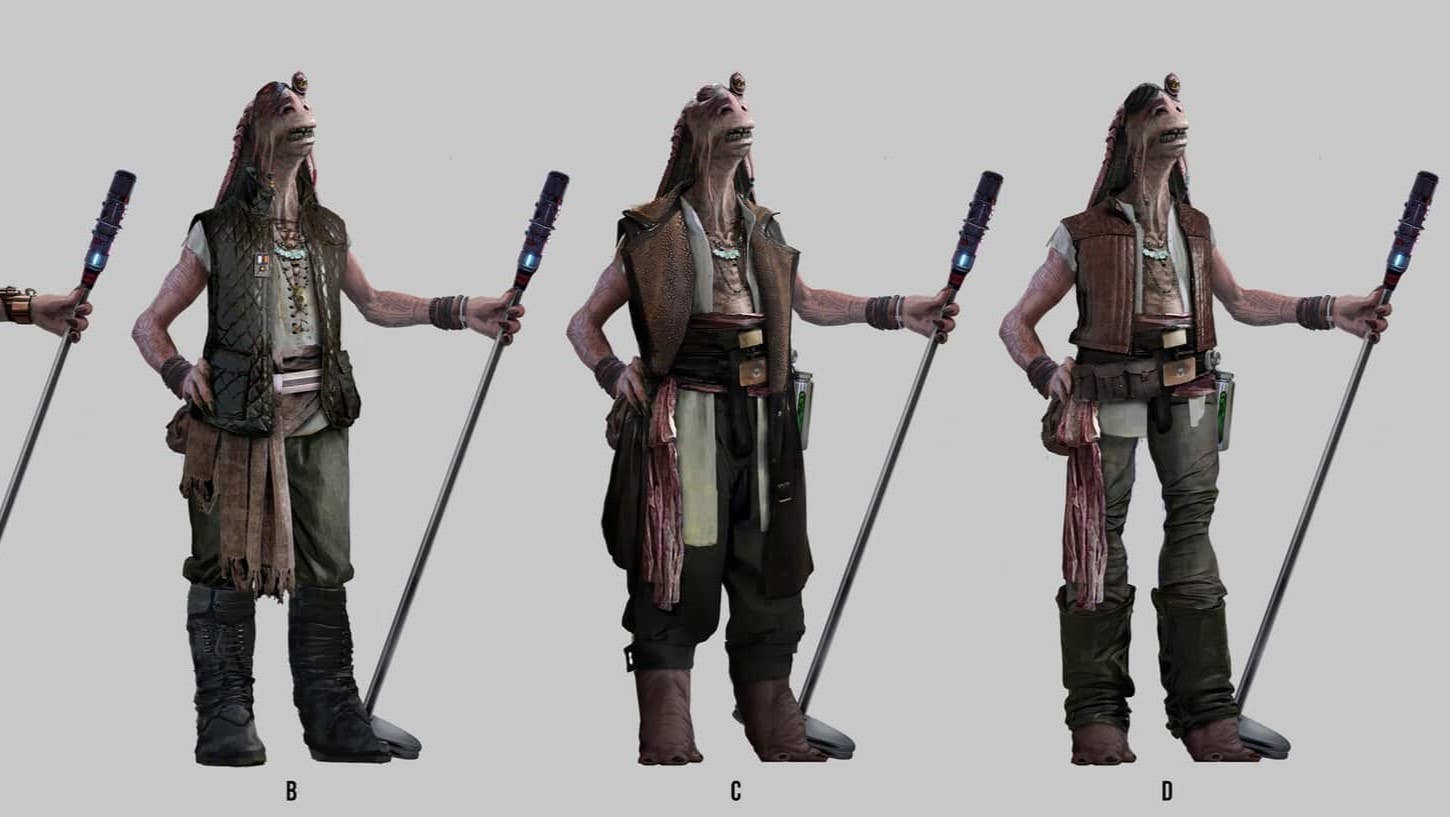
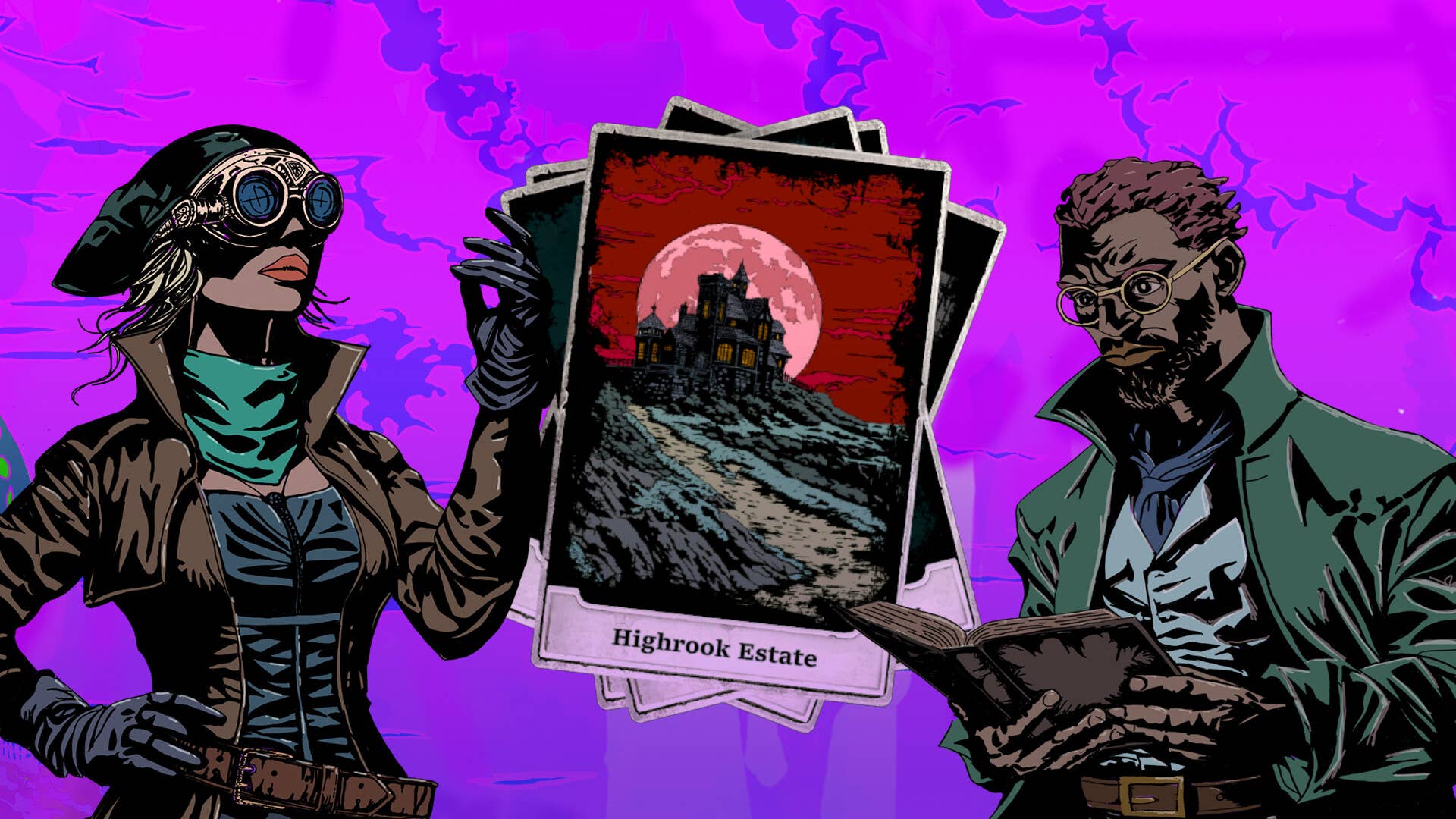













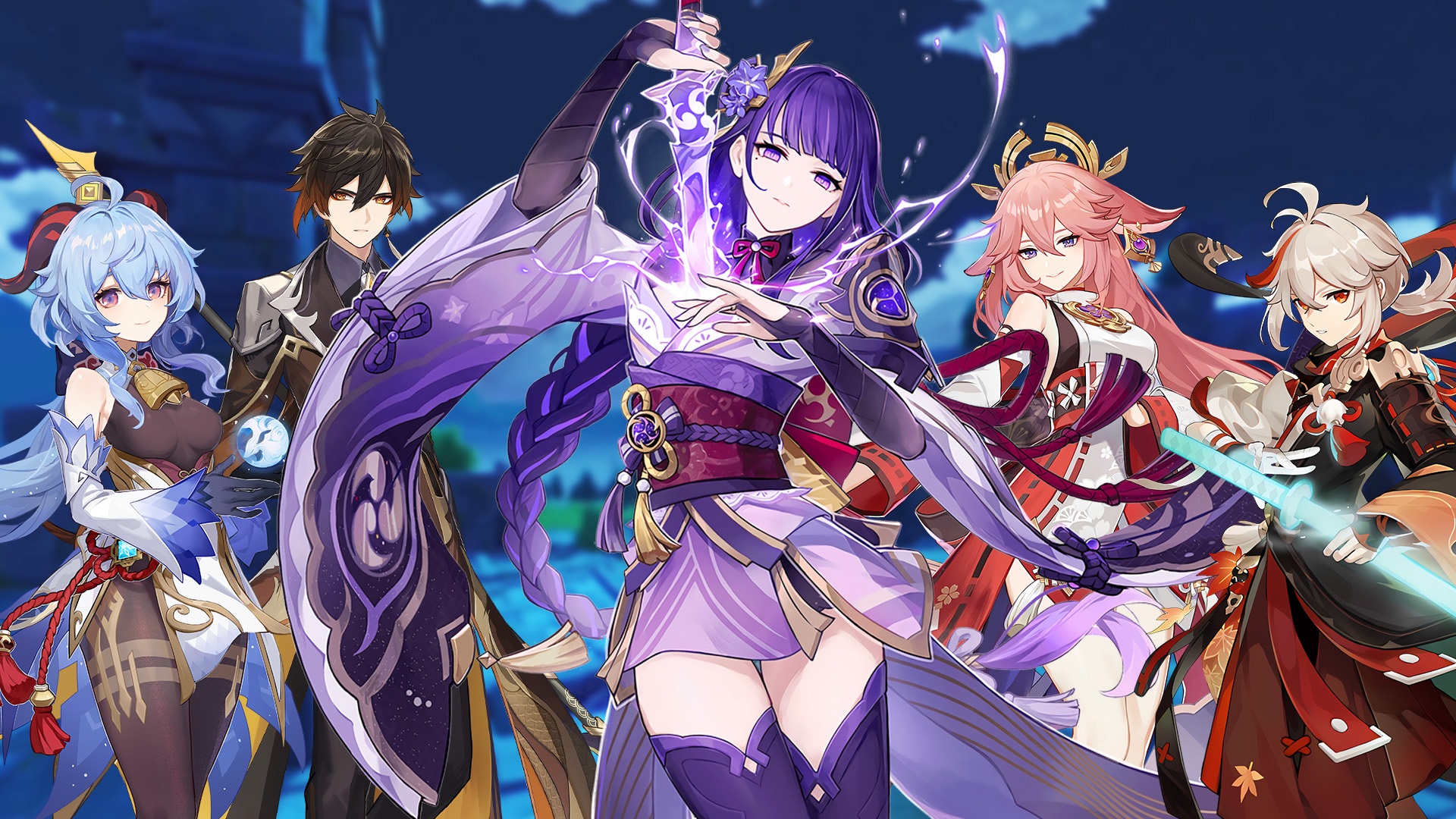
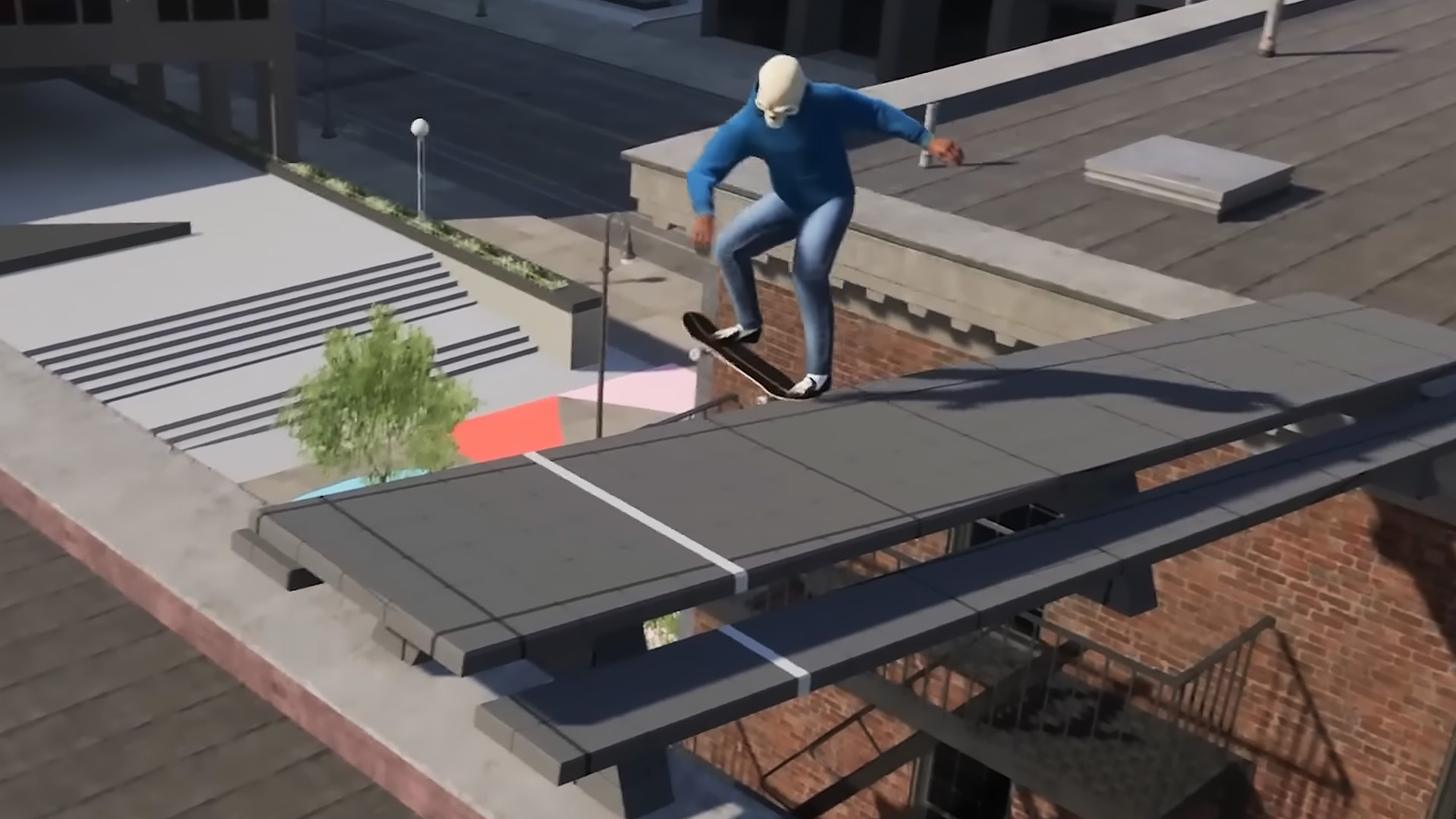




































-RTAガチ勢がSwitch2体験会でゼルダのラスボスを撃破して世界初のEDを流してしまう...【ゼルダの伝説ブレスオブザワイルドSwitch2-Edition】-00-06-05.png?width=1920&height=1920&fit=bounds&quality=70&format=jpg&auto=webp#)











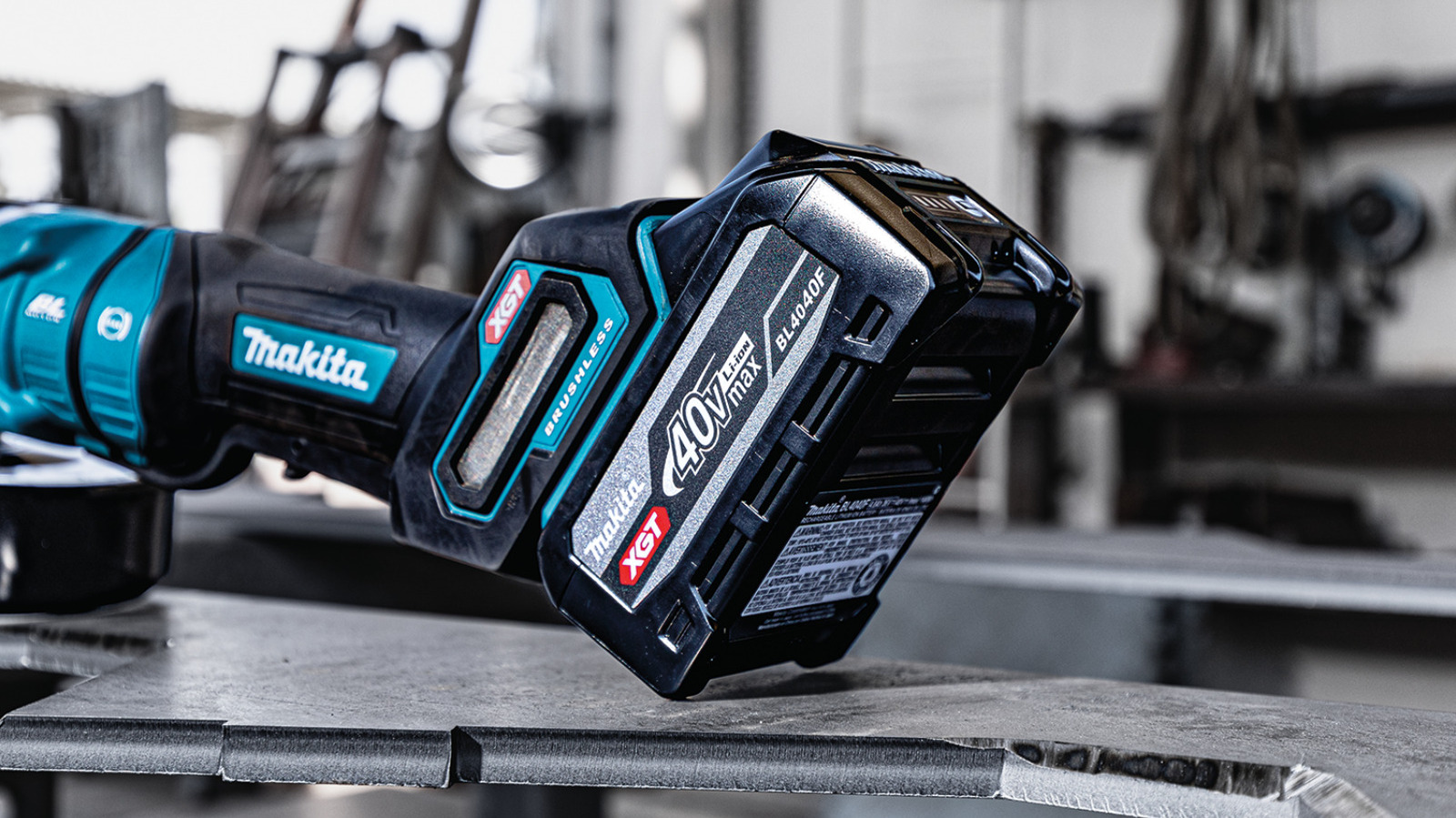











_roibu_Alamy.jpg?width=1280&auto=webp&quality=80&disable=upscale#)





































































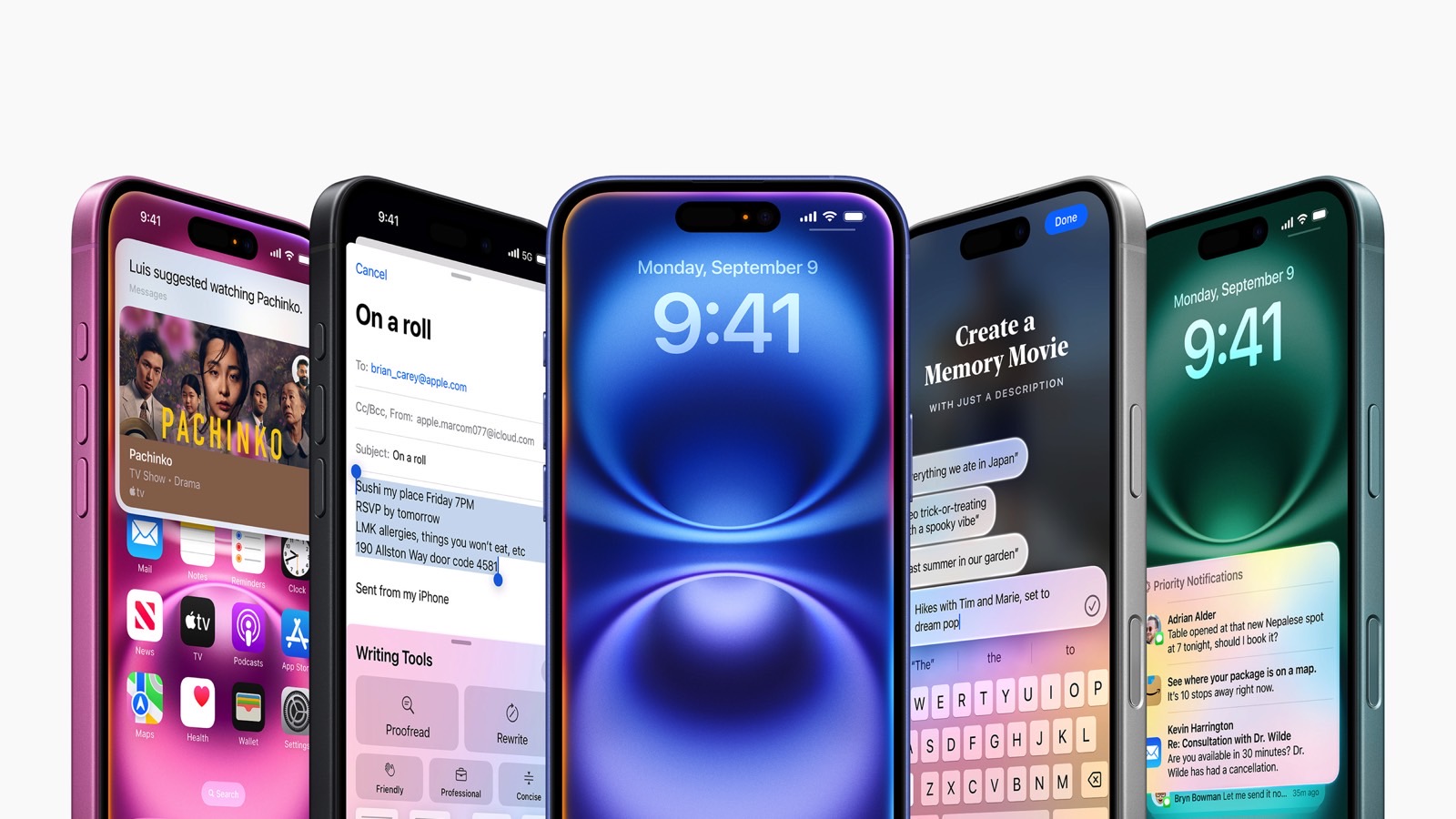







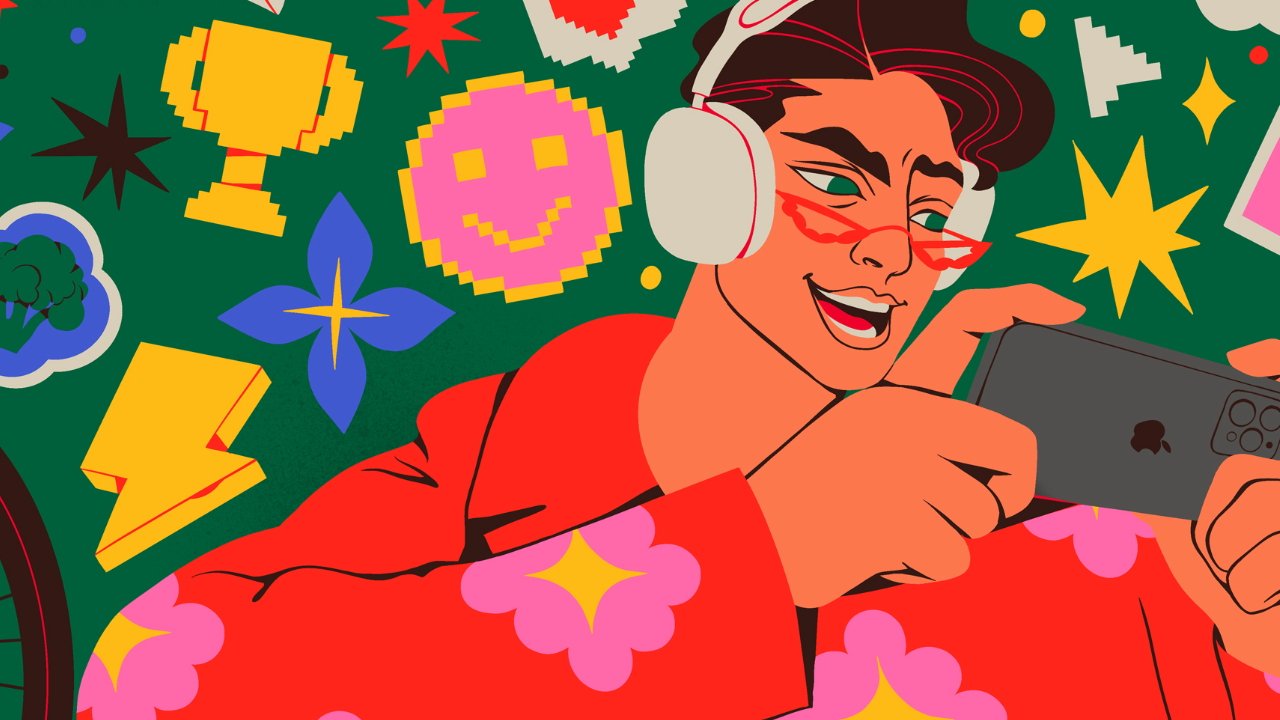







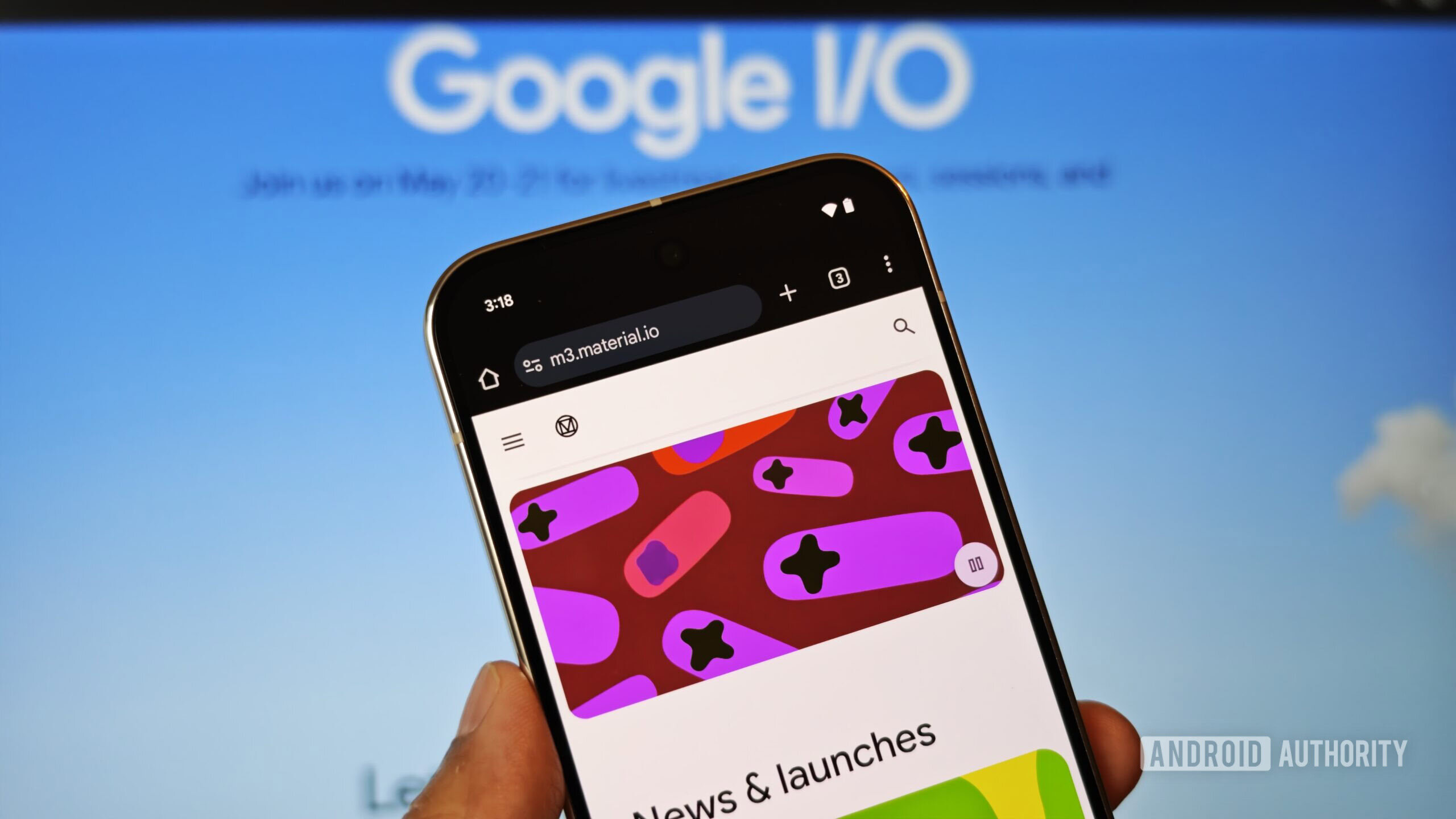
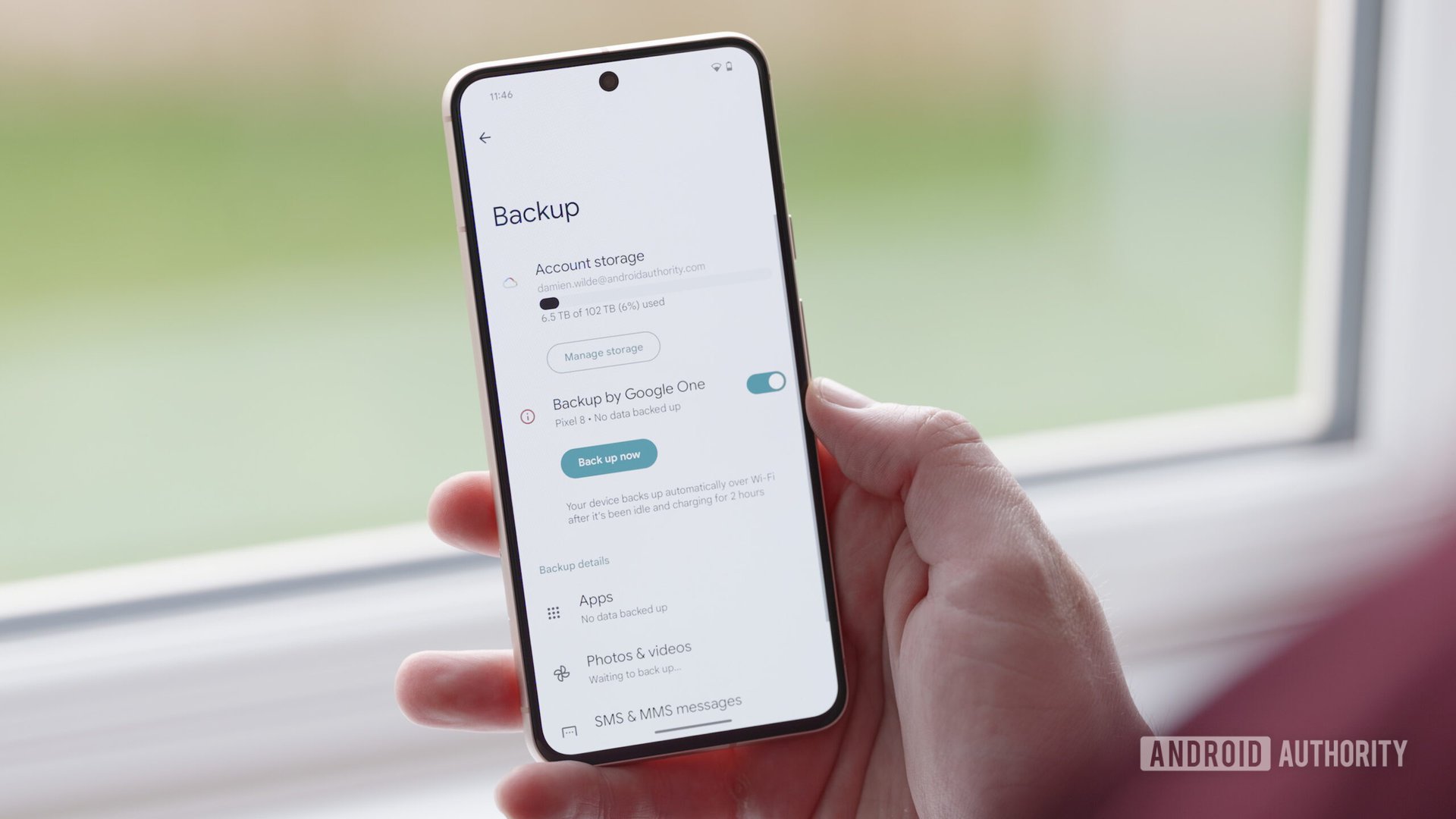
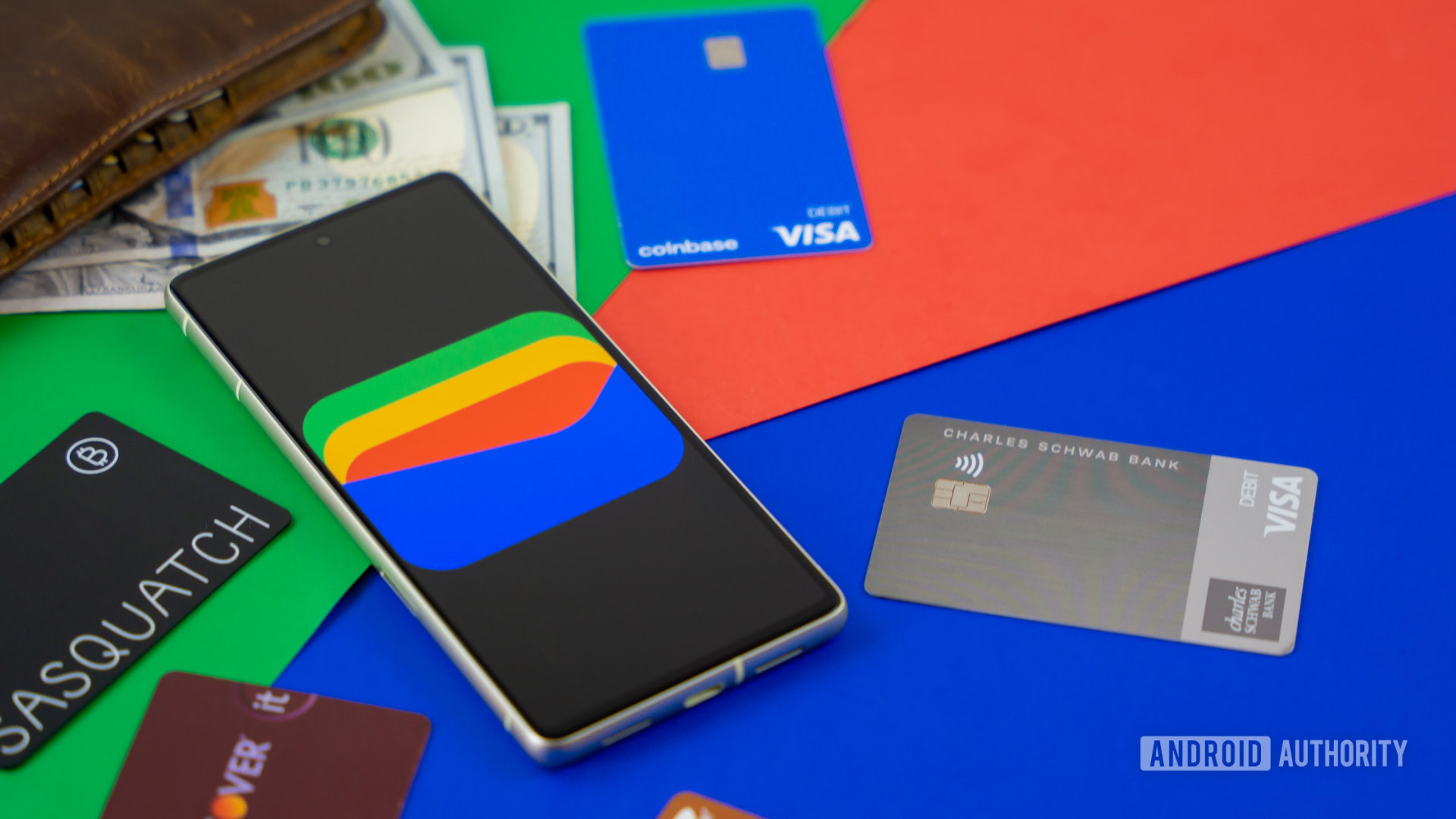



















![M4 MacBook Air Drops to Just $849 - Act Fast! [Lowest Price Ever]](https://www.iclarified.com/images/news/97140/97140/97140-640.jpg)
![Apple Smart Glasses Not Close to Being Ready as Meta Targets 2025 [Gurman]](https://www.iclarified.com/images/news/97139/97139/97139-640.jpg)
![iPadOS 19 May Introduce Menu Bar, iOS 19 to Support External Displays [Rumor]](https://www.iclarified.com/images/news/97137/97137/97137-640.jpg)


















